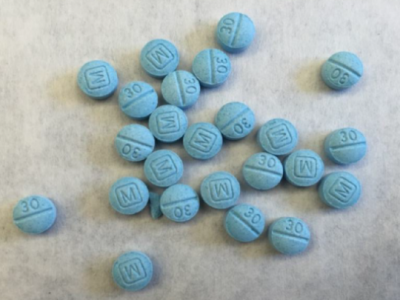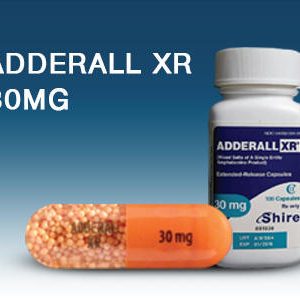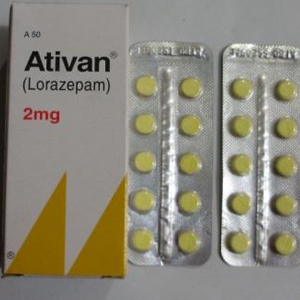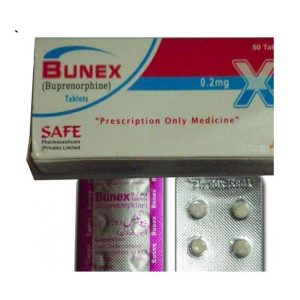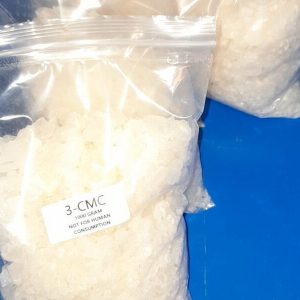Online Purchase of Roxicodone 30mg Pills
ROXICODONE (oxycodone HCl) tablets are intended for the treatment of moderate to severe pain that requires an opioid analgesic and for which non-opioid alternatives are ineffective.
Use Restrictions
Due to the dangers of opioid addiction, abuse, and misuse, even at authorized doses, reserve ROXICODONE for patients who do not respond to alternative treatment choices (e.g., non-opioid analgesics or opioid combination products):
Have not been tolerated and are unlikely to be permitted
Have failed to administer appropriate analgesia or are not likely to administer adequate analgesia
This material is meant for healthcare professionals in the United States of America only.
Complete prescription information for the United States, including a boxed warning.
Guide to Medication
IMPORTANT SAFETY INFORMATION
|
CONTRAINDICATIONS
ROXICODONE is contraindicated in patients with:
- Significant respiratory depression
- Acute or severe bronchial asthma in an unmonitored setting or in the absence of resuscitative equipment
- Known or suspected gastrointestinal obstruction, including paralytic ileus
- Known hypersensitivity to oxycodone
WARNINGS AND PRECAUTIONS
- ROXICODONE contains oxycodone, a Schedule II controlled substance. As an opioid, ROXICODONE exposes users to the risks of addiction, abuse, and misuse.
- Assess each patient’s risk for opioid addiction, abuse, or misuse prior to prescribing ROXICODONE, and monitor all patients receiving ROXICODONE for the development of these behaviors and conditions.
- To ensure that the benefits of opioid analgesics outweigh the risks of addiction, abuse, and misuse, the Food and Drug Administration (FDA) has required a Risk Evaluation and Mitigation Strategy (REMS) for these products. Under the requirements of the REMS, drug companies with approved opioid analgesic products must make REMS-compliant education programs available to healthcare providers.
- Serious, life-threatening, or fatal respiratory depression has been reported with the use of opioids, even when used as recommended. Patients with chronic pulmonary disease, elderly, cachectic, or debilitated patients may be at increased risk. Monitor closely, especially during initiation and titration.
- Opioids can cause sleep-related breathing disorders including central sleep apnea (CSA) and sleep-related hypoxemia. Opioid use increases the risk of CSA in a dose-dependent fashion.
- Accidental ingestion of even one dose of ROXICODONE, especially by children, can result in respiratory depression and death due to an overdose of ROXICODONE. Instruct patients to take steps to store ROXICODONE securely. Expired, unwanted, or unused ROXICODONE should be disposed of by flushing the unused medication down the toilet if a drug take-back option is not readily available.
- Neonatal opioid withdrawal syndrome (NOWS) may occur following prolonged use of opioids during pregnancy. Observe newborns for signs of NOWS and manage accordingly; NOWS may be life-threatening if not recognized and treated in neonates.
- When using CYP3A4 inhibitors or discontinuing CYP3A4 inducers in ROXICODONE -treated patients, monitor patients closely at frequent intervals and consider dosage reduction of ROXICODONE until stable drug effects are achieved. When using ROXICODONE with CYP3A4 inducers or discontinuing CYP3A4 inhibitors, monitor patients closely at frequent intervals and consider increasing the opioid dosage if needed to maintain adequate analgesia or if symptoms of opioid withdrawal occur.
- Profound sedation, respiratory depression, coma, and death may result from the concomitant use of ROXICODONE with benzodiazepines or other CNS depressants (including alcohol and illicit drugs).
- Cases of adrenal insufficiency have been reported with opioid use, more often following greater than one month of use. If adrenal insufficiency is diagnosed, treat with physiologic replacement of corticosteroids and wean the patient off of the opioid until adrenal function recovers.
- ROXICODONE may cause severe hypotension including orthostatic hypotension and syncope in ambulatory patients. Monitor during initiation and/or titration of ROXICODONE. Avoid use in patients with circulatory shock.
- Use in patients with increased intracranial pressure, brain tumors, head injury, or impaired consciousness may reduce respiratory drive, and the resultant CO2 retention can further increase intracranial pressure. Use of ROXICODONE should be avoided in patients with impaired consciousness or coma.
- ROXICODONE is contraindicated in patients with known or suspected gastrointestinal obstruction, including paralytic ileus. The oxycodone in ROXICODONE may cause spasms of the sphincter of Oddi.
- The oxycodone in ROXICODONE may increase the frequency of seizures in patients with seizure disorders and may increase the risk of seizures occurring in other clinical settings associated with seizures. Monitor patients with a history of seizure disorders for worsened seizure control.
- Do not abruptly discontinue ROXICODONE in a patient physically dependent on opioids. When discontinuing ROXICODONE in a physically dependent patient, gradually taper the dosage. Rapid tapering of oxycodone in a patient physically dependent on opioids may lead to a withdrawal syndrome and return of pain.
- Avoid the use of ROXICODONE with mixed agonist/antagonists or partial agonist analgesics due to the risk of precipitation of withdrawal symptoms.
- Warn patients not to drive or operate dangerous machinery unless they are tolerant to the effects of ROXICODONE and know how they will react to the medication.
- Opioids could cause a rare but potentially life-threatening condition resulting from the concomitant administration of serotonergic drugs. Warn patients of the symptoms of serotonin syndrome and seek medical attention right away if symptoms develop.
- The use of ROXICODONE is not recommended for patients taking MAOIs or within 14 days of stopping such treatment.
Effects of Roxicodone
Serious adverse reactions associated with ROXICODONE use include respiratory depression, respiratory arrest, circulatory depression, cardiac arrest, hypotension, and/or shock. The most common adverse reactions include nausea, constipation, vomiting, headache, pruritus, insomnia, dizziness, asthenia, and somnolence.
This is not a complete list of potential adverse events associated with ROXICODONE. Please see Full Prescribing Information for a complete list.
| Description | Blue tablets scored |
| Generic Name | Oxycodone hydrochloride tablets USP |
| Dosage Strength | 30 mg |
| Identification Code | Blue tablet scored (identified 54 199) [Embossed 54 199 on one side] |
roxicodone pills, buy roxicodone pills, list of round blue roxicodone pills, pills that look like roxicodone, roxicodone pills change, roxicodone pills 30, breaking time release pills roxicodone, how to be a drug dealer selling roxicodone pills, pills that contain roxicodone, codeine syrup pills roxicodone, how much are roxicodone 30mg pills in mexico, what is in the fake k 9 roxicodone pills?, 30mg roxicodone blue pills,roxicodone, oxycodone 5 mg, pink pill, m 30 pill, m 30 blue pill, k 56 pill, roxycodone, t 194 pill, percocet 30 mg, molly prices, can you take, roxy 30, oxicodona, u17 pill, oxycodone dosage

